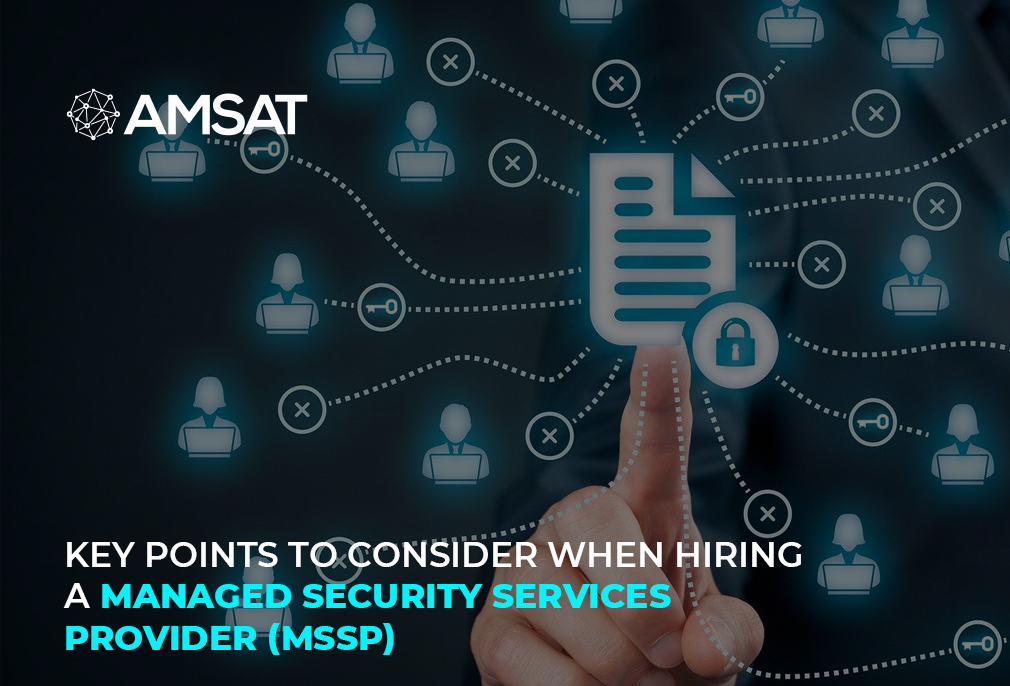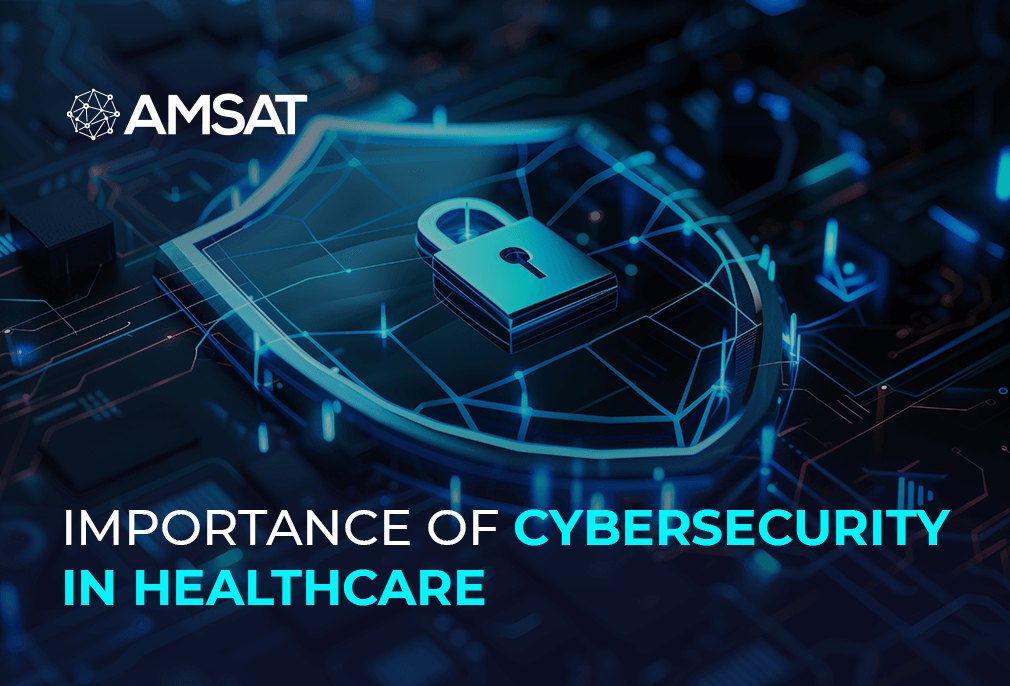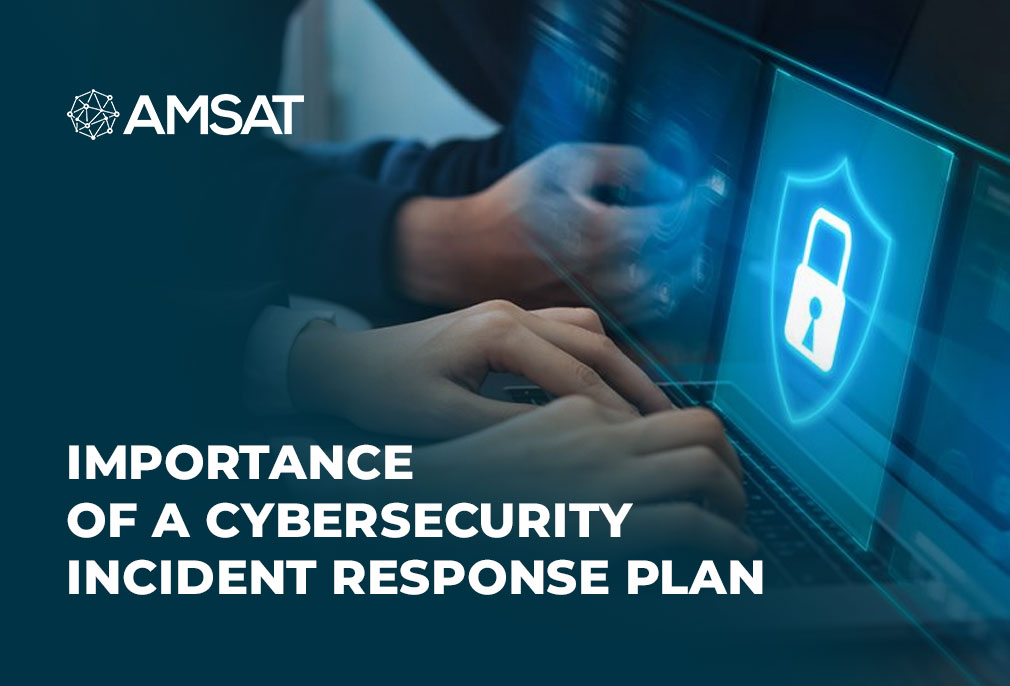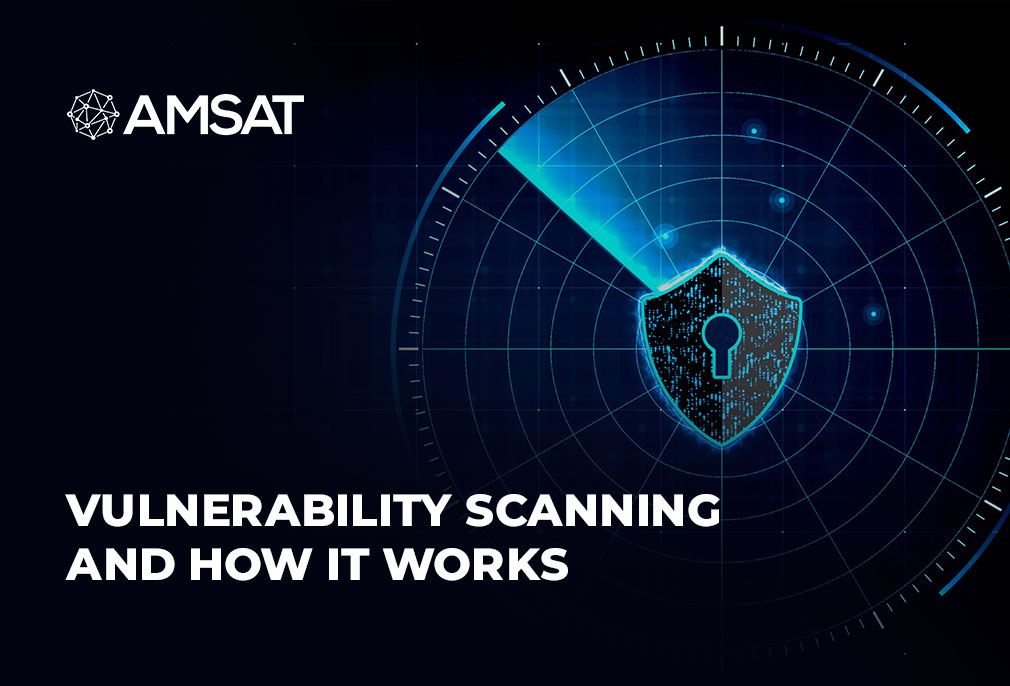Latest Blogs
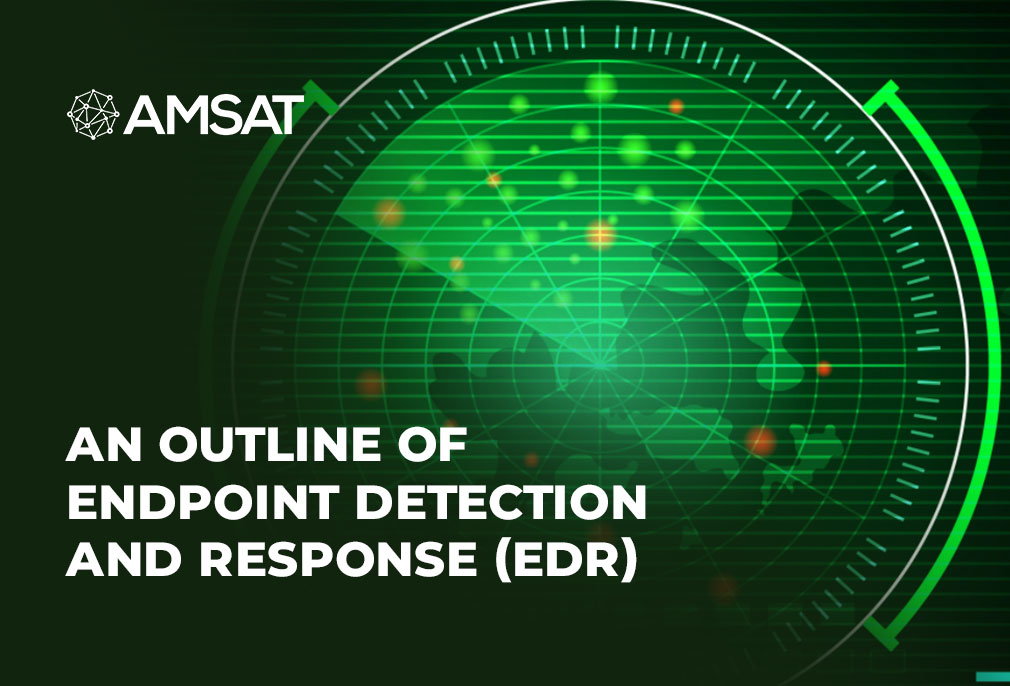
By AMSAT Aug 28,2021
An Outline of Endpoint Detection and Response (EDR)
What is EDR?
Endpoint detection and response, or EDR, is a unified endpoint security solution that spots and examines suspicious activities on hosts and endpoints, using a high level of automation to enable security teams to swiftly recognize and respond to threats.
EDR systems provide five basic functions, which include:
Actively overseeing endpoints and gathering data from activity that may hint at a threat;
Performing assessment of collected data to detect any known threat patterns;
Generating an automatic response to all known threats to either eliminate or contain them;
Automatically informing security staff that a threat has been detected;
Making the most of investigation and forensic tools to carry out research on recognized threats.
Why is Endpoint Detection and Response important?
The security landscape is continuously changing, with looming threats of viruses, malware, ransomware and more. To meet this growing threat, real-time collection and detection of possible irregularities becomes all the more important.
These challenges are exacerbated by the highly mobile workforce—thanks largely to the Covid pandemic. When workers connect remotely, endpoints being used for access to a company’s digital assets are generally owned by an employee. These devices may be shared on networks by the employee’s family and therefore may be infected with malware without the knowledge of the employee.
By utilizing EDR, a company can help meet these challenges by:
- Finding and blocking executables that could carry out malicious acts;
- Preventing USB devices from being used for unlawful data access or downloading private or protected information;
- Blocking fileless malware attack methods that could infect endpoint devices;
- Safeguarding from zero-day attacks, and stopping them from inflicting harm
How does EDR work?
EDR works by supervising traffic on the network and endpoints, gathering data pertaining to security issues into a major database for later evaluation, and enables reporting and probing into threat events.
All EDR solutions are not created equal – the extent of the activities they carry out can differ from vendor to vendor. Major components of a typical EDR solution include data collection agents, central hub, response automation, and forensics and analysis.
Kaspersky Lab: the bonafide security partner
A number of security companies, large and small, claim to provide that they are the official partners of Kaspersky Lab, a Russian multinational cybersecurity and anti-virus provider. But the fact is just the opposite. The company is a world leader in developing and selling endpoint security, antivirus, internet security, password management, and other cybersecurity products and services.
About AMSAT
AMSAT’s state-of-the-art infrastructure and effective systems help organizations defend against present and future threats, which can be tailored to specific needs of our clients. The AMSAT team includes some of the leading security practitioners in a broad set of cybersecurity capabilities. This covers areas of application and network security, analysis, pro-active, legal, reactive and forensic services. AMSAT also provides the largest and most efficient Security Operations Center in Pakistan where cybersecurity experts are monitoring events on 24/7, helping organizations implement robust, consistent and stable cybersecurity practices. Our solutions are ideally geared for the medium to large enterprises, critical infrastructure and law enforcement and sensitive organizations. AMSAT also provides access to the best-of-breed cybersecurity solutions covering areas such as Endpoints, Data Flow Analysis and Anomaly Detection, Intrusion Detection and Prevention, Application and Network Firewalls, Wireless Security, Cloud Security, Penetration Testing, and SWAT/Tiger and Forensic Teams.
TAGS
- Cyber Crime
- Security Updates
Recent Blogs
Ready to Get Started?
Our specialists are ready to tailor our security service solutions to fit the needs of your organization.
